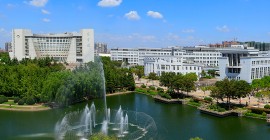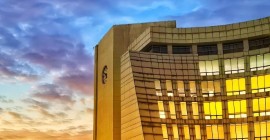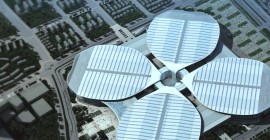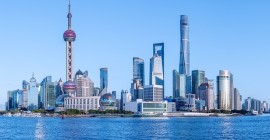This book is part of the "Exhibition People" series, created for exhibitors. It serves the growth of exhibition professionals and prosperity of the exhibition industry. Exhibitions are a form of marketized social communication. They build face-to-face communication platforms for suppliers and buyers, enabling on-site exchange of supply and demand information, stimulating competition and innovation, optimizing resource allocation, and thereby meeting the development needs of producers and consumers. The growth of exhibition industry is premised on the emergence of a unified national market. The gradual prosperity of exhibition activities accompanies the formation and development of the world market. Its historic achievement was the 1851 London World Expo. Modern exhibitions entered the public view in China thanks to deepened reform and opening up and establishment of the socialist market economy system. A milestone was China's accession to the WTO in December 2001, connecting with international market rules. China became further integrated into the world economy. By 2010, GDP rose from RMB 11 trillion yuan to nearly RMB 40 trillion yuan. China has become the world's second largest economy, top manufacturer and leading trading nation. That same year, China successfully held the Shanghai World Expo, breaking records in Expo history.
In the future, China will realize structural adjustment and transformation on the premise of green and low-carbon development, overcome hard constraints of resources and environment, leverage strengths of scientific innovation and cultural creativity. While continuing to serve industrialization, informatization, urbanization, marketization and internationalization, China's exhibition industry will also lead development of modern service industries and build up cultural and creative industries. To accomplish this, exhibition professionals must get well prepared.
The work of exhibition professionals is meeting the needs of business, cultural, technological, educational, social and even political and military exchanges through creatively applying forms of communication like conferences, exhibitions, celebrations, events and performances. As humanity makes continuous progress, exhibition content has expanded from material products to service products, from cultural and technological products to spiritual and institutional products. This will certainly go through a long historical process. Since human birth, we have trekked on the winding road of civilization evolution, through hard work and difficult exchanges from spontaneity to consciousness, from simplicity to richness, constantly striving for new progress.










